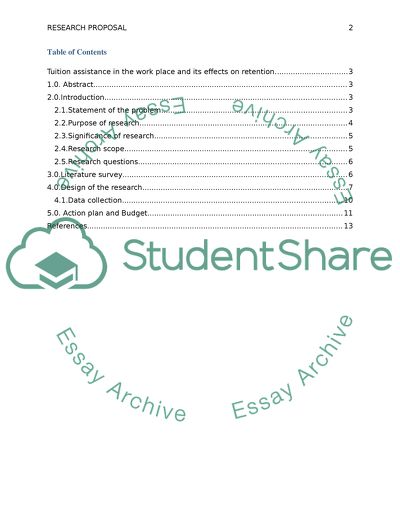Cite this document
(With Tuition Reimbursement Programs in the Work Environments, Employee Research Proposal - 1, n.d.)
With Tuition Reimbursement Programs in the Work Environments, Employee Research Proposal - 1. Retrieved from https://studentshare.org/human-resources/1652695-tuition-assistance-in-the-work-place-and-its-effects-on-retention
With Tuition Reimbursement Programs in the Work Environments, Employee Research Proposal - 1. Retrieved from https://studentshare.org/human-resources/1652695-tuition-assistance-in-the-work-place-and-its-effects-on-retention
(With Tuition Reimbursement Programs in the Work Environments, Employee Research Proposal - 1)
With Tuition Reimbursement Programs in the Work Environments, Employee Research Proposal - 1. https://studentshare.org/human-resources/1652695-tuition-assistance-in-the-work-place-and-its-effects-on-retention.
With Tuition Reimbursement Programs in the Work Environments, Employee Research Proposal - 1. https://studentshare.org/human-resources/1652695-tuition-assistance-in-the-work-place-and-its-effects-on-retention.
“With Tuition Reimbursement Programs in the Work Environments, Employee Research Proposal - 1”, n.d. https://studentshare.org/human-resources/1652695-tuition-assistance-in-the-work-place-and-its-effects-on-retention.


